If you steal children, you are likely to get a war. It’s really a bad idea. Children are the future. If you take hope from people, they will find it somewhere. That’s what happened in the Pacific Northwest 180 years ago, at any rate. You know the story of residential schools, right?
Well, it all started in Assiniboia, on the model of the suppression of Highland Scots culture and the Gaelic language through English state schools in the Scottish Lowlands. It is based on a scale of gradated human worth, not based on individuals or even families but on entire cultures, in which individual life was the privilege of a few. Generally, we call that an aristocracy, as it was in Britain, but racial privilege is much the same. Don’t get me wrong. Assiniboia’s role in the Pacific Northwest doesn’t mean that the Imperial US didn’t do the same, but it was there first. If you think I’m exaggerating, just note the architecture. It speaks volumes. Here is the school in t’kemlups in 1930:
Kamloops Indian Residential School 1930
Both Secwepemc and Syilx children were housed here, without regard for their cultural differences. In other words, it was only their race, “Indian”, that mattered, which was not even their term, and even though they were distinct peoples.
I mean, look at the architecture. A boy’s dormitory wing. A girl’s dormitory wing. That’s already a cultural separation. Families don’t come like that. And in the middle, the school, its steeple, its gaping black mouth, and on top a cross, a kind of lightning rod for God that’s more an assertion that God is present rather than a call for God to be manifest here. It’s the tallest part of the structure, as if it were an angel spreading out its wings, which materialized on Earth as children. Am I being too blunt? Let me be more blunt:
This is the territory of the t’kemlups te secwepemc. The residential school was placed on the triangle between the two arms of what is now called the Thompson River. The Oblate missionary Father Le Jeune called it “The Meeting of the Waters.” A secwepemc elder told me ten years ago that that was just the way priests talked. It is really “The Vagina.”
The arrows indicate the current flows of the North and the South Thompson Rivers. It is important to remember that the flow of salmon goes the other way up from the sea. At the point where the streams of water mingle and the streams of salmon divide is a still place of life, death and rebirth: t’kemlups. A kind of salmon eddy, to speak metaphorically about it.
Too blunt? Then let’s try this:
One has fallopian tubes to right and left of a womb. One has testicles to left and right of a penis.
One gives birth to children. The other, supposedly, gives birth to souls. In one the children descend to Earth as Earth creatures. In the other, the children are transformed from Earth creatures into invisible energies and, apparently, shot like rocks to the sky.
Too blunt? Then let’s try this.
It’s hard to watch, especially the explanation of how Santa Claus saved a host of dead children stuffed into barrels by bringing them back to life.
Or how amidst all these lovely but hurting kids…
… the Christchild was whiter than white.
And not just that, but these high morals:
Law-abiding? What law was that?
This was some twisted shit. This wasn’t aristocracy. It certainly wasn’t Christianity. It was slavery. This children were stolen, as property, as tools to manipulate an entire people. That’s a tradition learned from Indigenous slavery, not work slavery. It’s forced diplomacy. The Sioux laid it on the bishops of Montreal before the fall of New France in order to limit the expansion of New France, and eventually causing it to fall because the bishops wasted the lives of Shoshone kids offered in diplomacy and turned into disposable property, and the bishops, it seems, learned the wrong lesson, and New France became bankrupt and fell. Too hard? Well, maybe let’s just remember that the so-called parents here, the Oblate staff, did not engender and love these children. The nuns and priests did not come together at night and create them in love. Instead, these were children that they had gathered here with police force in order to remove their identities and transform them into a new people, so that the land would remain available to others. That is not only theft, but madness and an incredibly dismissive view of children. It is a tragedy that so many children died here, so many others were sexually abused, and so many, apparently, were buried without ceremony in the orchard. No parent would do that to their children. Now, Assiniboia didn’t do all this, but it did take on Kootaney Pelley and Spokan Garry as spiritual agents.
I introduced Spokan Garry here. Have a look.
His father sent him to gain spiritual knowledge so he could steer his people into continued power in a new mixed-race world. The HBC sent him to learn English and French and Christianity, so he could teach his people to settle down as farmers in villages, become Christian, and peacefully continue a mercantile partnership centred on agricultural trade rather than beavers, because the beavers were all dead, purposefully, to keep the Americans out. The Americans didn’t stay out. They illegally settled instead, but, hey, they could be be subjugated by trade monopoly, just as the HBC so subjugated half a continent by a trade monopoly that even 21st century accounts of Assiniboia claim that it was the property of the HBC, when it was nothing of the kind. It was a ruse to keep the Americans out. In other words, Garry was, in the minds of George Simpson, the racist head of the HBC, a slave.
Slough-Keetcha (Spokan Garry)
As for Jessett’s book above, it sits solidly in an American tradition that saw a few Native Americans honoured for their supposed peaceful acceptance of American settlers, and their support for them. Garry got a monument in 1979, that got wrecked by vandals and was torn down in 2008.
Timothy, the Nimíipu’u chief who did not fight the US Army’s genocidal volunteers in 1871, was honoured with a decommissioned highway bridge, that would otherwise have been torn down.
Timothy’s Bridge Between Peoples
Hinmatóowyalahtq̓it (Joseph), who did resist the genocidal bastards, got a vandalized grave put up at the turn of the 20th century in Nespelem:
Chief Joseph’s Grave, Nespelem
One of his leading fighters, He–Mene Mox Mox (Yellow Wolf), lies in a simpler grave nearby.
Yellow Wolf’s Grave, Nespelem
Both don’t lie on their traditional lands, with their ancestors, which is all that Joseph asked of his captors. Apparently, the US Government was not interested in their spiritual resurrection or even their integration into the past. Chukuaskin (John Ashnola) who did his best to accommodate to a peaceful integration with settlers in the Similkameen Valley, was honoured with a Christian grave in Central Keremeos.
Chukuaskin’s Grave, Central
12 of his men lie in non-Christian graves around him. The grave’s cross has been knocked off, and the graveyard has been vandalized to make room for a highway and a machine shop, both of which could have been anywhere else.
There is, apparently, little honour among thieves.
As for Slough-Keetcha…
This portrait likely was taken in 1887 during a meeting between the Indian Agent and members of several tribes. During this meeting the Spokane tribe agreed to give up all lands outside the reservation and move to the Coeur d’Alene reservation. Top row, from left: Rob Fleet (Indian Agency interpreter), R.D. Gwydir (Colville Indian agent), James Gibson (Indian Agency clerk); middle: Billy Mason (Spokane Indian), Seltice (Coeur d’Alene Chief), Garry (Upper Spokane Chief), a nephew of Seltice; front: Nellie (daughter of Chief Garry, a Coeur d’Alene Indian), Pier Bartholemew (subchief).
It didn’t go so well. He was baptized as Spokane Garry on June 24, 1827. His father, Chief Illim-Spokanee died in late 1828. In the following spring, when travel was possible, Garry and Pelly crossed the plains and the Rockies and returned to the Spokane River, so that Slough-Keetcha could take over his responsibilities as chief. Well, so says Wikipedia, here. Unfortunately, after stating that the two young men took five other boys back to Assiniboia with them, and after Garry returned a year later to break the news that Pelly had died on the Red River (not to return), it also says this:
Simple Anglican faith! Primitive faith, yet! That’s a bit rich. By the sounds of things it was exactly the syncretized faith that his father had sent him out to gain, so he could bring it back and help his people. He was a good son. On his return, his people and neighbouring peoples rejoiced at his message. When it didn’t work, in part because Christianity offered no special shamanic powers and in part because of the primitive attitudes of settler Christians noted above, Garry became distrusted by many: too native for many; too white for others. He ended his life tricked out of his land with the collusion of corrupt government officials, homeless and poor, on January 13, 1892. It was a terrible, cold winter. Most of the cattle in the Pacific Northwest died that winter, too. Along the way, as Wikipedia notes,. sloppily this time…
There’s a word for reports like that. It is called whitewashing. Here’s an image from back in the day…
Tom Sawyer, the Young Con Man, Whitewashing a Fence Source
Let’s just take that apart piece by piece. First, the other five boys were:
Kootenay Collins (Presumably after Antoine Collin, Governor George Simpson’s chief canoe maker, métis, previously of the Northwest Company.)
Spokan Berens (after Henry Hulse Barens, a member of the HBC managing commitee.)
Cayuse Halket (after John Hackett, who brokered peace between the métis and the HBC in Assiniboia.)
Nez Perce Pitt (after Thomas Pitt, member of the HBC governing board during the struggles with the métis over pemmican).
Nez Perce Ellice (after Edward Ellice, a member of the HBC Board of Directors, and the prime mover behind the British Reform Bill of 1832, that gave the vote to small landowners.)
All were the sons of chiefs. All were symbolic gestures at unity and peace in the Pacific Northwest, on the model of the forced peace after the wars between the Northwest Company and the Hudson Bay Company, with an eye on the métis, suggesting that they, too, had a role to play in a new country.
A painting by Sir George Hayter that commemorates the passing of the Act on 5 February 1833 in St Stephen’s Chapel. Currently in the National Portrait Gallery (UK). Source
Of the métis, in the USA thousands died in battles with Indigenous people while trapping into the Fur Desert created by the HBC enforcer (and NWC hooligan and murderer) Peter Skene Ogden meant to keep them out, while in Canada the dream of a new country for a new people, so assiduously hinted at and either naively or cynically encouraged by the HBC, died in the Northwest Rebellion of 1885.
Print of the Battle of Batoche during the North-West Rebellion, based on sketches by Sergeant Grundy and others, published by Grip Printing & Publishing Co, in Toronto, Ontario, Canada Original is 71.4cm x 52.8cm, colour lithograph on wove paper. Source.
To these five boys, let’s add the lone one who didn’t study in Assiniboia, but at Jason Lee’s American Wallamut Mission School in the Willamette Valley.
Wallamut Mission
He had been sent there among the people his people had previously protected for tribute by his father, the Liksiyu chief Peopeomoxmox. Here is the the chief as Paul Kane painted him after he lost his son:
Portrait of Piupiumaksmaks, Walla Walla (1849—1856). Paul Kane.
Oil on canvas, 76.3 x 63.7 centimeters. Courtesy Royal Ontario Museum, https://rom.on.ca.
The boy’s name was Toayanu. He had attended Jason Lee’s Wallamut Mission School on the Willamette River. The Liksiyu dreamed the same as the chiefs who sent their sons to the HBC: if he could learn the magic of the Christian religion, he could bring his people power and survival.
Jason Lee, Missionary
Toayanu was his only convert, ever, but he did succeed in making Oregon a US State..
Lee had been so pleased with Toayanu’s progress at memorizing Christian material that he gave him the name of the Methodist bishop who had sent Lee west to preach to the Cayuse:
Then Elijah went to California and all Hell broke loose. It did not go down as Wikipedia says:
Coming Up Next: The HBC school at Vancouver, where a new language is born, followed by Jason Lee, cattle and Canadians in the Willamette Valley, two tragic trips to California, a Swiss slaver in Sacramento, and the arrival of Father Pandosy into slavery, and then war. Until then, here’s the school at Fort Vancouver:
Children died here by the dozens of disease, just in case you thought the school at t’kemlups was worse than others. It frustrated the HBC to no end. Neither, however, did they close the school for sanitary reasons.
Categories: History, history, Nature Photography













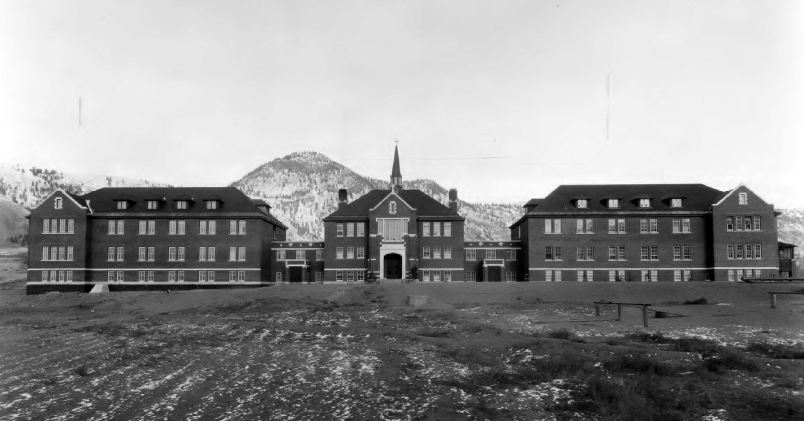
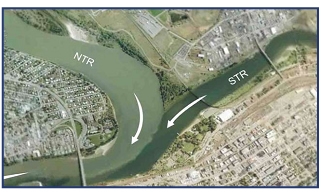



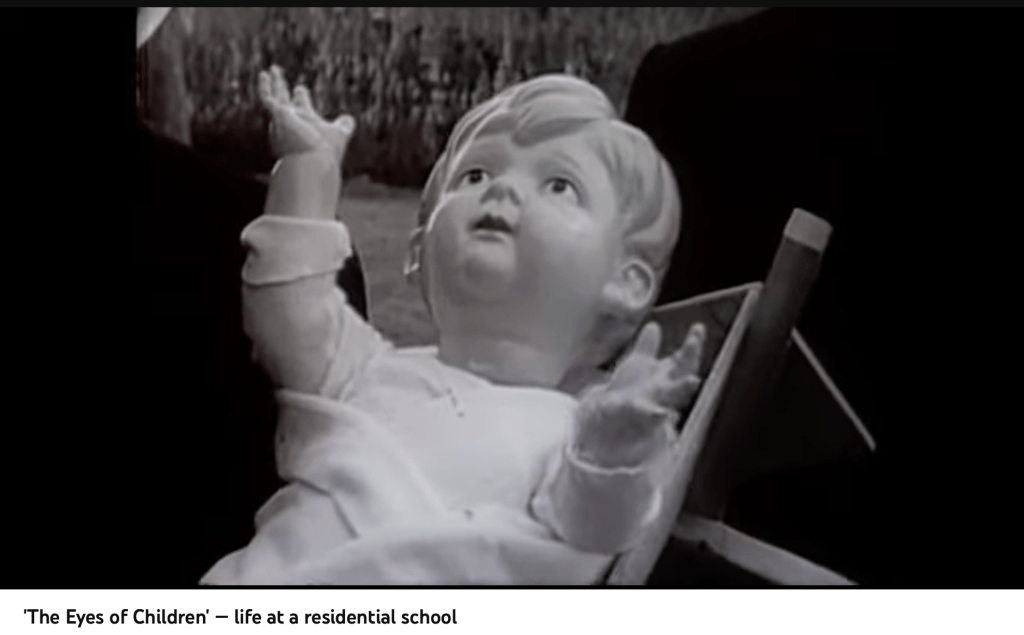


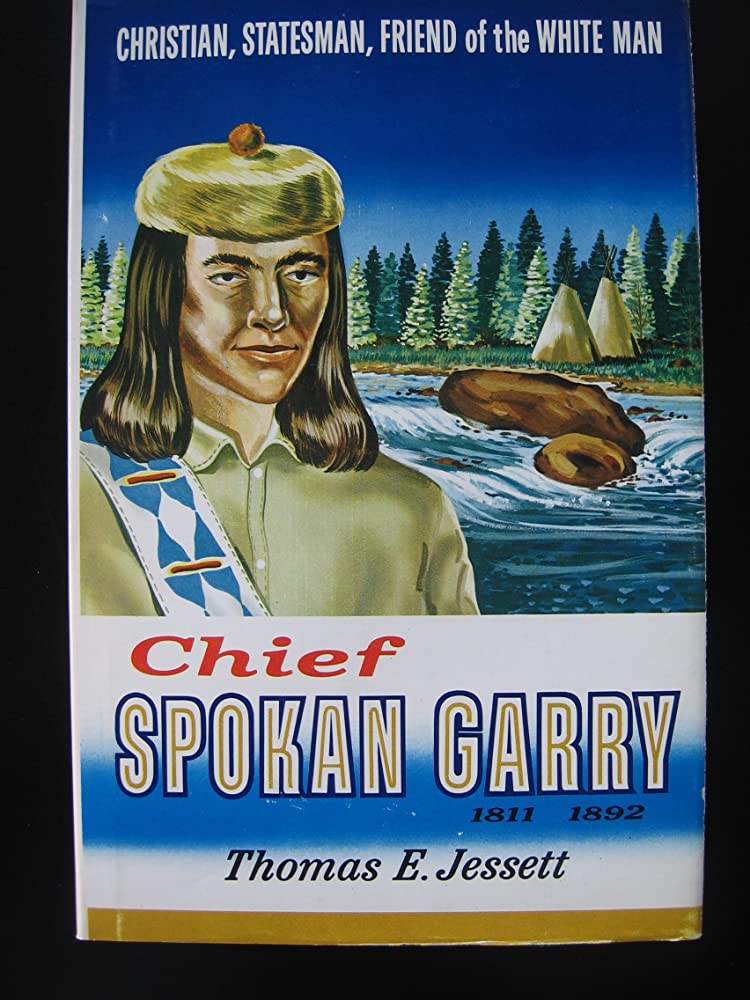
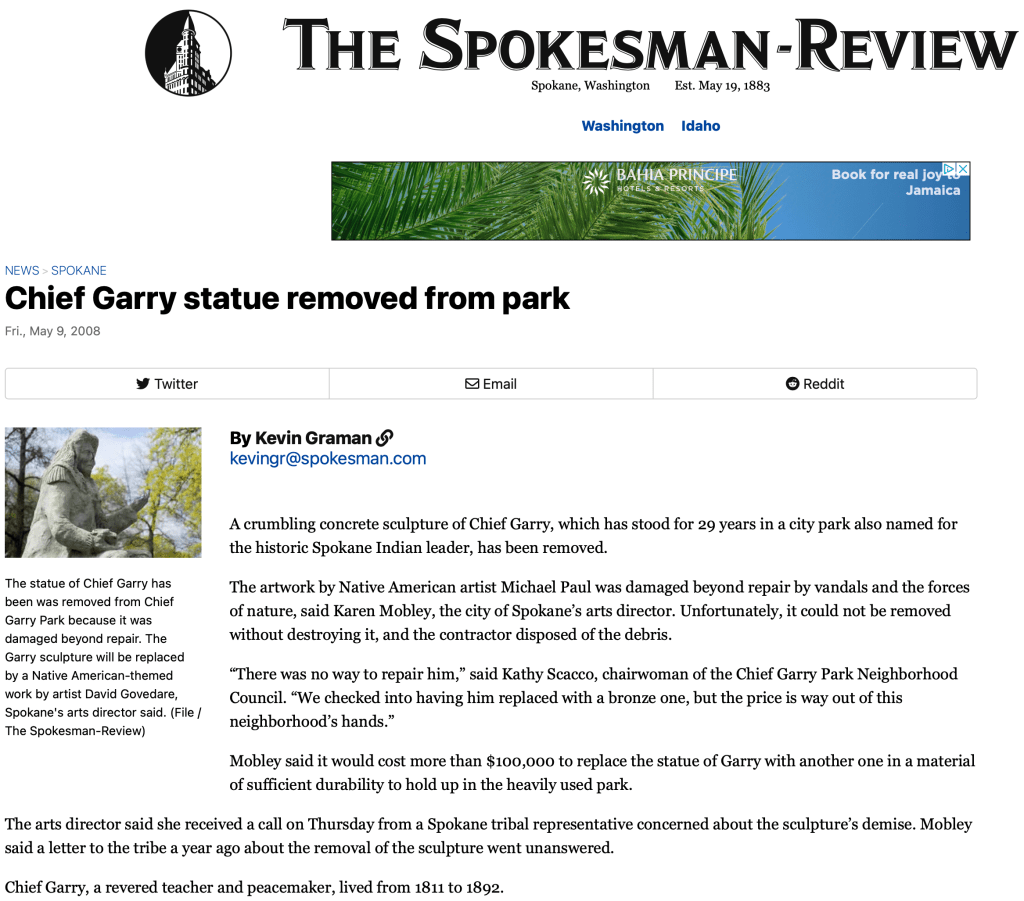

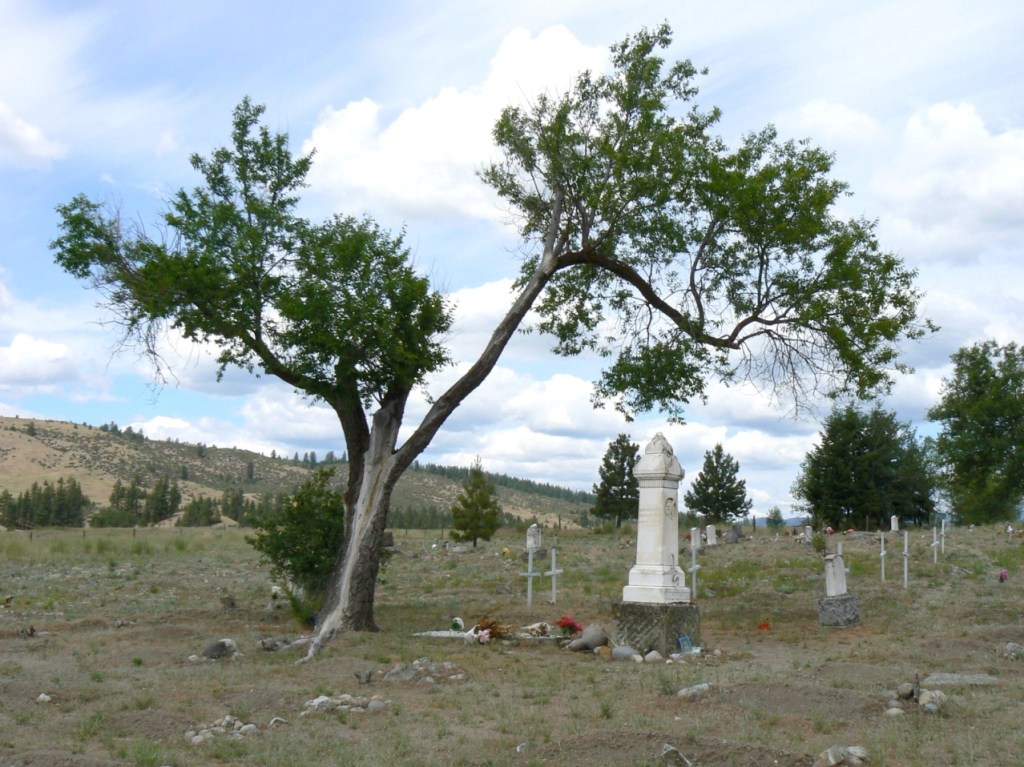







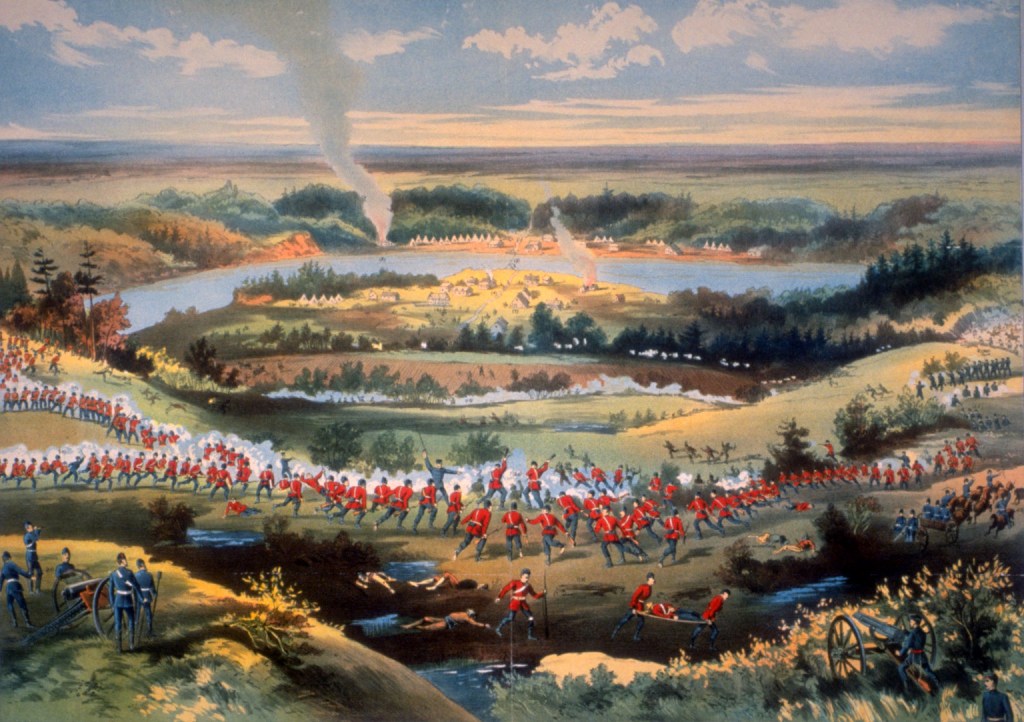
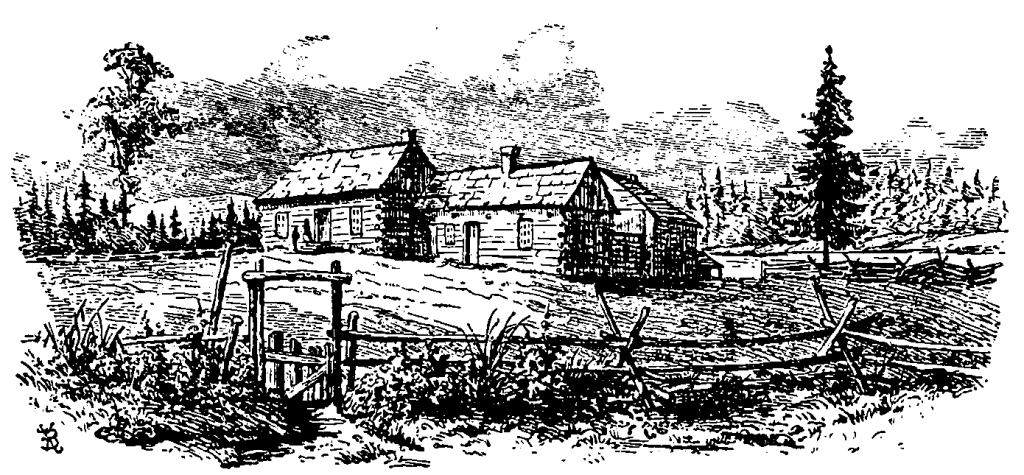
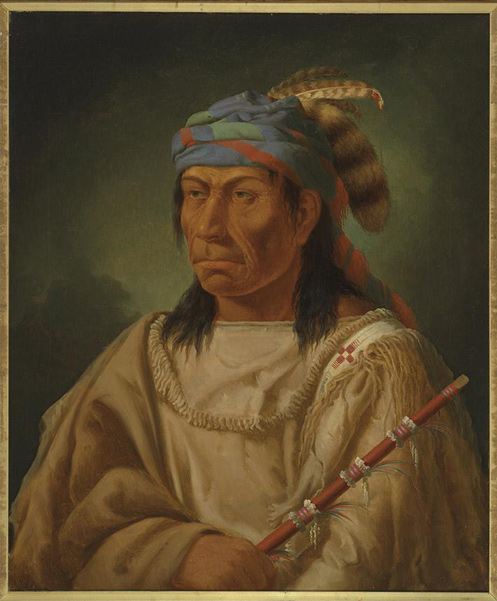
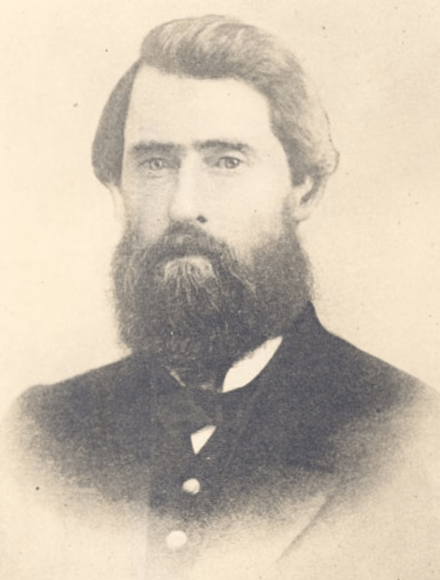




2 replies »